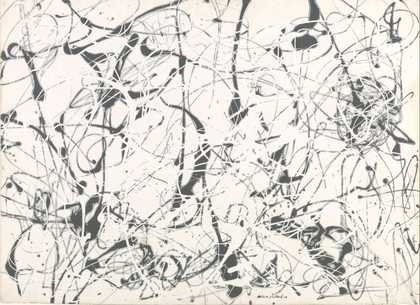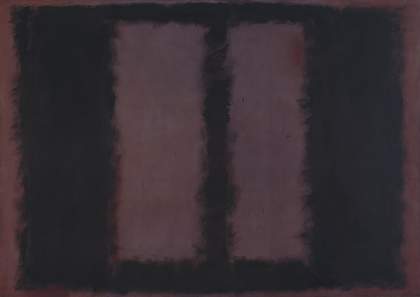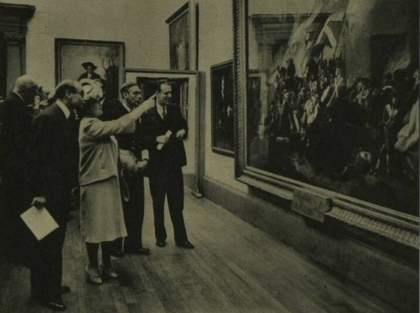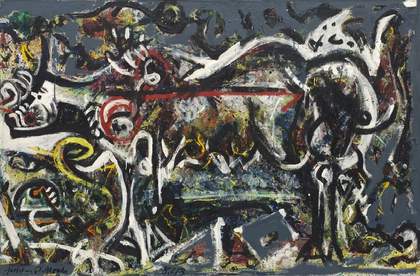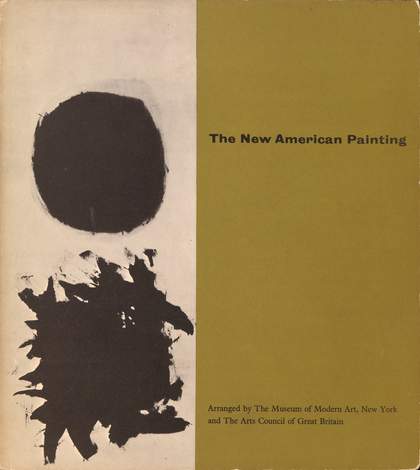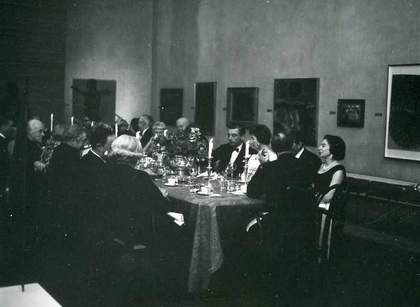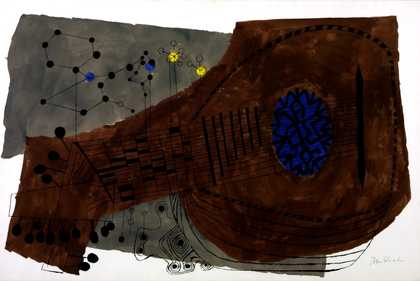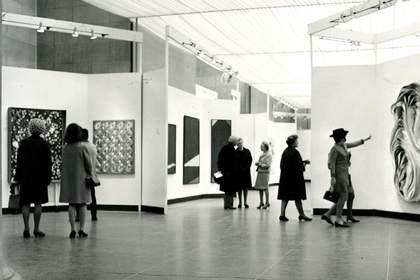Collecting and Exhibiting American Art at Tate
The essays in this section explore the significance of three survey exhibitions of American art held at Tate during the post-war years in relation to Tate’s engagement with American art more broadly during the directorships of John Rothenstein and Norman Reid. They examine Tate’s institutional attitudes towards American art, revealing the opportunities and challenges it faced in building a world-class collection of art from the United States, and the transatlantic relations that had an impact on post-war British art and society.

